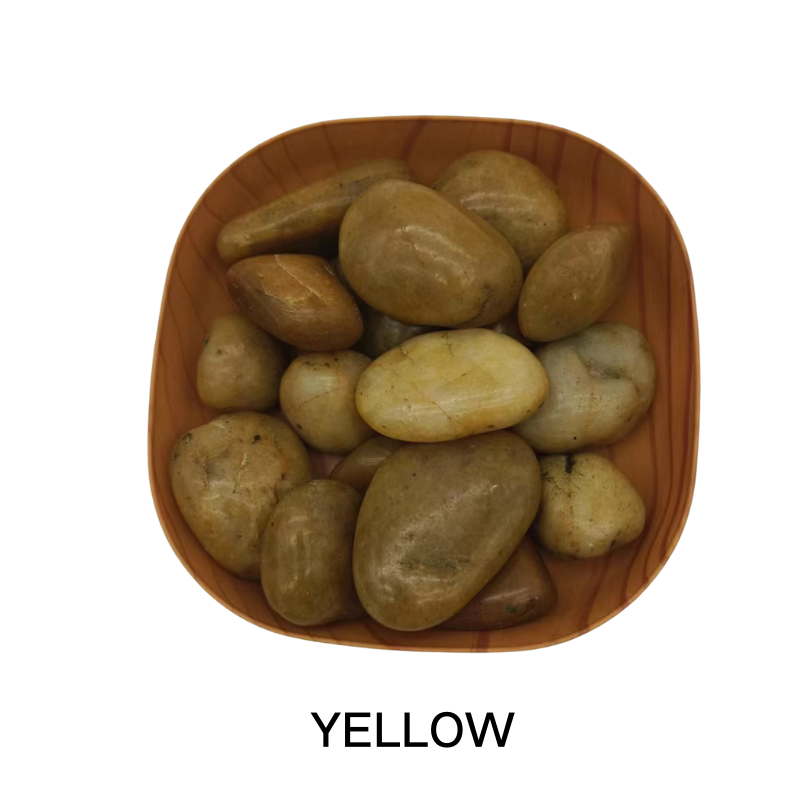
Exploring the Varieties and Characteristics of Rhyolite in Geological Studies
Understanding Rhyolite Types A Comprehensive Overview
Rhyolite is a highly evolved, silica-rich volcanic rock, one of the most abundant types of volcanic rock found on Earth. Renowned for its diverse mineralogy and unique textural properties, rhyolite plays a significant role in the study of volcanic processes and tectonic settings. This article aims to delve into the various types of rhyolite, highlighting their characteristics, formation processes, and geological significance.
The Geology of Rhyolite
Rhyolite forms when high-silica magma erupts from a volcano or intrudes into the earth's crust slowly, cooling and crystallizing. The mineral composition typically includes quartz, feldspar, and biotite, along with a range of accessory minerals. Due to this high silica content, rhyolite often exhibits a light color, commonly ranging from gray to pink. Understanding the types of rhyolite requires considering both its mineral content and textural features.
Types of Rhyolite
1. Porphyritic Rhyolite Porphyritic rhyolite is characterized by larger crystals, known as phenocrysts, embedded within a finer-grained matrix. The phenocrysts are usually made up of quartz and feldspar, which can be observed as distinct grains when examining the rock. This texture indicates that the magma underwent different stages of cooling, where it began to solidify slowly underground, allowing for the growth of larger crystals, before erupting and cooling rapidly at the surface.
Flow banding occurs when molten rhyolitic lava flows and cools quickly, creating a layered appearance within the rock. Formed by the movement of lava during an eruption, flow banding can indicate the direction of the flow and the cooling rates that the lava experienced. This type of rhyolite often displays beautiful patterns that can help geologists understand the dynamic processes at work during volcanic events.
3. Pumice
rhyolite types

Pumice is an intriguing type of rhyolite that is highly porous and less dense due to the significant amount of gas bubbles trapped during volcanic eruptions. This unique texture is created when magma rapidly depressurizes, causing dissolved gases to expand and escape, forming a frothy volcanic rock. Pumice is often light enough to float on water, making it not only a geological curiosity but also a crucial material in various industries, including construction and cosmetics.
4. Rhyolitic Tuff
Tuff forms from volcanic ash that collects after explosive eruptions. Rhyolitic tuff consists of fine fragments of rhyolite and exhibits a variety of textures depending on the vesicularity and compaction of the ash material. This type provides invaluable information regarding the eruptive history of a volcano, serving as a geological record of past events.
5. Obsidian
Although obsidian is often classified separately from rhyolite, it is closely related and shares similar compositions. Obsidian is a natural glass formed from rapidly cooled lava, resulting in a smooth, shiny surface. While it lacks a crystalline structure, its formation process is intimately connected with the silica-rich nature of rhyolite.
Geological Significance
The study of different rhyolite types is essential for understanding volcanic activity and the geological history of an area. Rhyolitic eruptions tend to be explosive, leading to significant changes in the landscape and the potential for widespread ash fallout. By examining the different types of rhyolite, geologists can reconstruct past volcanic events, assess hazards, and understand the dynamics of magma movement.
Conclusion
In conclusion, rhyolite serves as a fascinating example of the diverse processes involved in volcanic activity. The various types of rhyolite, ranging from porphyritic to pumice, each provide unique insights into the conditions under which they formed. Understanding these types not only enriches our knowledge of geology but also enhances our ability to prepare for future volcanic events. As research continues, the study of rhyolite remains an essential aspect of geological science, revealing the complex interplay between earth processes and materials.
Share
-
Fly Ash Solutions Enhanced by GPT-4 Turbo | Sustainable InnovationNewsAug.01,2025
-
Natural Premium Bentonite Cat Litter - Superior ClumpingNewsJul.31,2025
-
Premium Resin Coated Sand - High Heat Resistance CastingNewsJul.31,2025
-
High Quality Silicon Carbide Grit for Abrasive ApplicationsNewsJul.30,2025
-
High-Quality Ceramsite for Plants & Gardening | Lightweight PebblesNewsJul.29,2025
-
Premium Burgundy Glass Marbles for Vases & Shooter GamesNewsJul.29,2025






